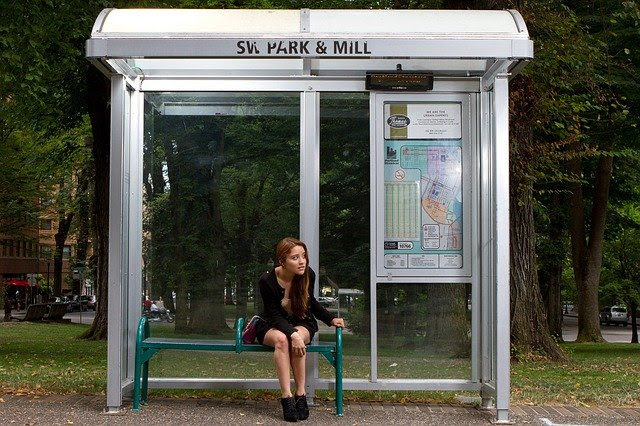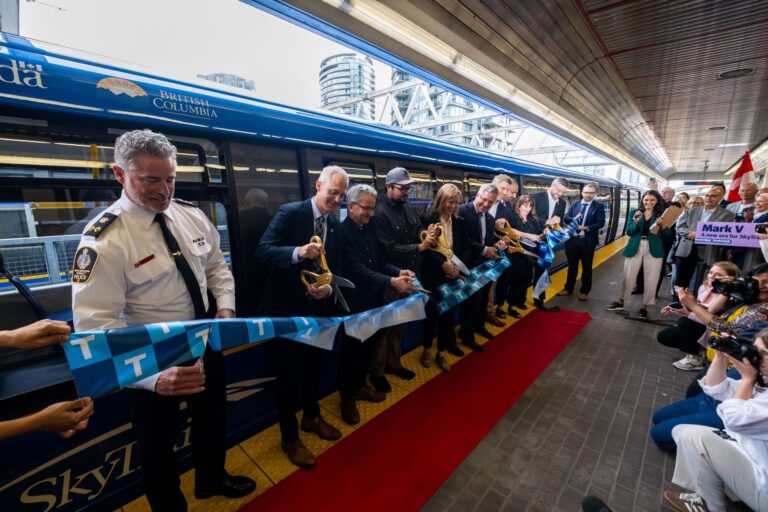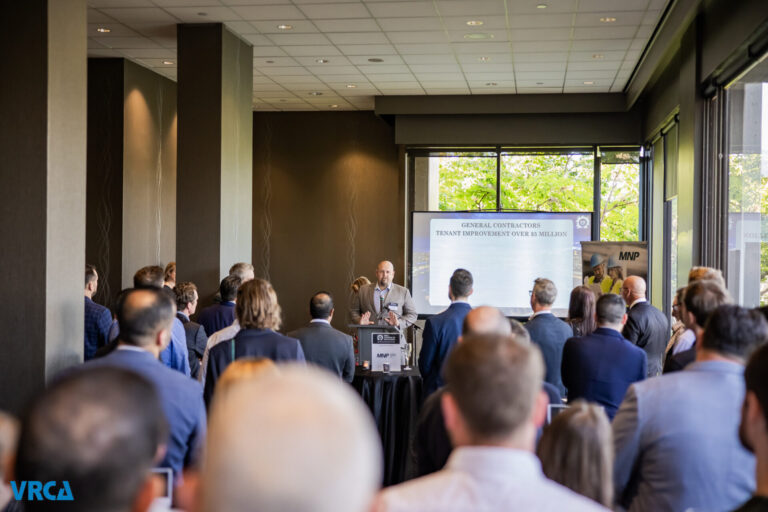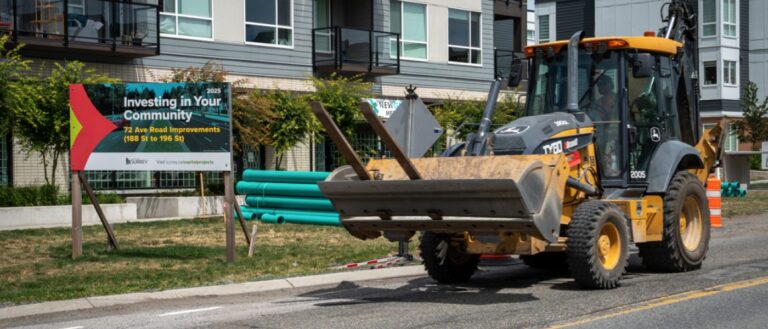Integrating ridesharing with transit in poorly serviced suburban neighbourhoods is an effective way to get people out of their cars and boost ridership.
Researchers at the University of Waterloo found two-thirds of people who took advantage of inexpensive rideshare trips in a pilot project used them to travel to or near bus stops.
“The pilot demonstrated that integrating ridesharing with transit can work,” said Chris Bachmann, a professor of civil and environmental engineering at Waterloo. “The challenge now is designing an integrated system to make it work as well as possible.”
The study involved six months of data from a pilot project in a low-density, car-dependent area of the City of Waterloo with infrequent bus service and low transit ridership rates.
Dozens of virtual ridesharing stops were designated in the pilot area so that almost all residents lived within 400 metres, or about a five-minute walk, of one.
Residents were offered RideCo ridesharing trips within the pilot area for the same price as bus trips. Users also got free transfers to Grand River Transit, the regional transit system that operates in Waterloo.
Although the study didn’t track the almost 600 users after their ridesharing trips had ended, the results showed 65 per cent of them took the subsidized service to a location close to a bus stop.
In all but a small percentage of cases, however, users didn’t travel to the nearest bus stop, the ideal objective of the initiative.
About one in five ridesharing trips also went from one transit stop to another transit stop, suggesting some users were manipulating the project to get cheap rides and bypassing the bus altogether.
Jacob Terry, an engineering PhD student who led the study, will explore adjustments – such as limiting the distance of rideshare trips, or creating zones and not allowing rides from one zone to another – to solve those problems in the next phase of his work.
“The design of any system like this is extremely challenging,” Bachmann said. “In transportation, you always have to be mindful of behavioural responses – how people respond, basically, to the game we’ve created as they navigate through the network.”
The goal of integration is to make transit convenient and inexpensive enough for people to use it even if they live in neighbourhoods where providing much better, more frequent bus service on fixed routes is cost-prohibitive.











